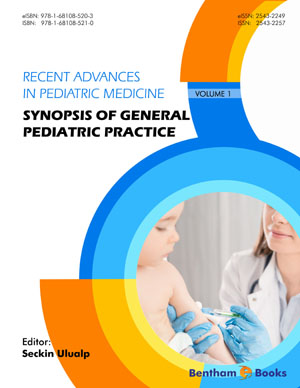Abstract
Sickle cell disease (SCD) is the most common inherited disorder identified by newborn screening programs with an estimated 100,000 individuals living with SCD in the United States (US). The most severe phenotype of SCD is seen in patients with homozygous hemoglobin SS (HbSS) also known as sickle cell anemia. Common morbidities include invasive pneumococcal infection due to loss of splenic function, pulmonary sickling causing acute chest syndrome, cerebrovascular stroke, acute pain episodes and the development of chronic pain syndromes. Life expectancy for SCD has improved and children born with SCD today have a greater than 90% chance of survival to adulthood. Disease modifying therapies including the use of simple and chronic transfusions and oral hydroxyurea to both treat and prevent disease complications such as pain, stroke and acute chest syndrome. The only curative option for SCD remains hematopoietic stem cell transplantation with the best outcomes from a matched sibling donor.
Keywords: Acute chest Syndrome, Anemia, Asplenia, Avascular necrosis, Dactylitis, Electrophoresis, Hemoglobin S, Hydroxyurea, Newborn screen, Pain crisis, Pneumococcus, Prophylaxis, Sepsis, Sickle cell disease, Splenic sequestration, Stroke, Transcranial doppler ultrasound, Transfusion, Vasoocclusive crisis.

















